1. Bering Sea (Between Alaska and Russia)
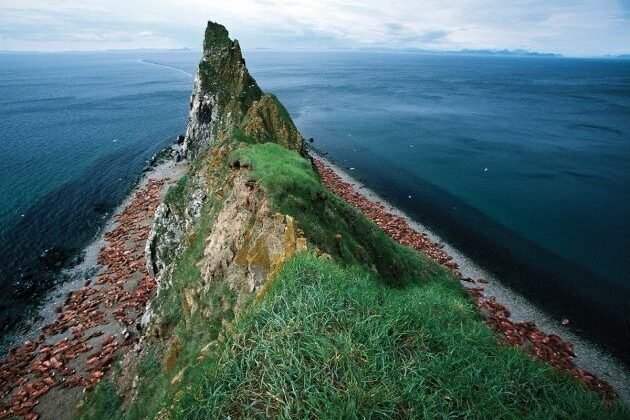
The ocean inspires wonder, but it also commands respect. Some seas are known not just for their beauty, but for the dangers that lurk within their waters. These seas have earned reputations as some of the most unforgiving places on Earth.
The Bering Sea is infamous for its brutal mix of freezing waters, rogue waves, and violent storms. This treacherous stretch is home to some of the world’s most dangerous fishing grounds, as seen in the show Deadliest Catch. Ships face sudden swells large enough to snap steel, while icy spray can freeze decks and equipment solid within minutes. Many vessels have been lost here, along with countless lives, making it one of the harshest maritime environments anywhere on the planet.
2. Southern Ocean (Surrounding Antarctica)
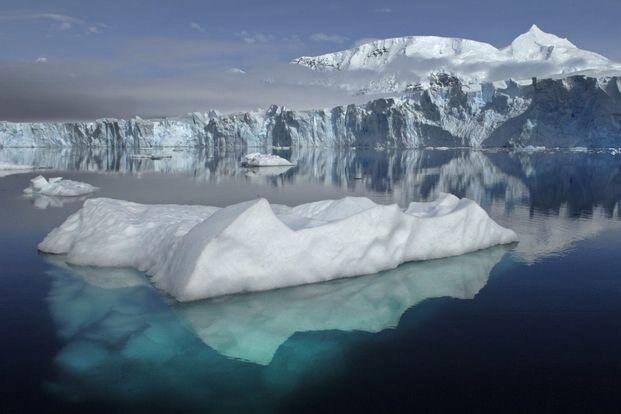
Encircling the icy continent, the Southern Ocean is shaped by uninterrupted winds that whip around the globe without hitting land. This creates massive waves that rival skyscrapers in size, paired with freezing gales that test even the strongest vessels. The cold temperatures quickly become life-threatening if disaster strikes, and ships caught in these waters face some of the most extreme and unpredictable conditions on Earth. It’s little wonder that this ocean is feared by even the most seasoned explorers.
3. Bay of Bengal (Northeastern Indian Ocean)
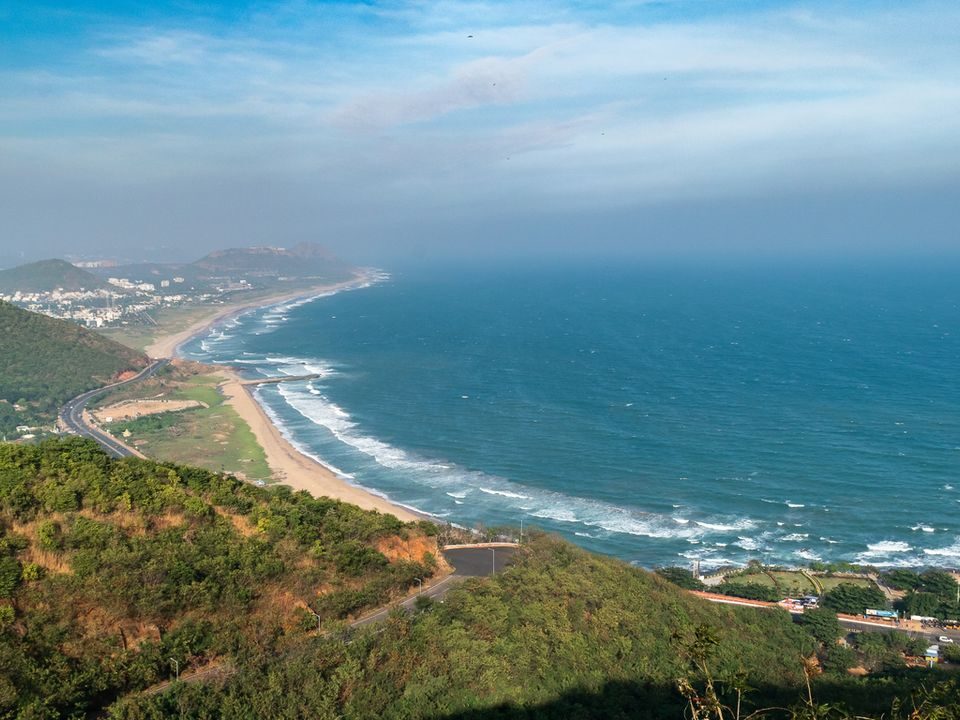
The Bay of Bengal holds the grim title of the world’s deadliest sea when it comes to cyclones. Coastal countries like Bangladesh, India, and Myanmar have faced devastating storms here, with surges and flooding that have claimed hundreds of thousands of lives across history. These tropical cyclones strike with little warning and can level entire villages. Even in calmer weather, the bay’s shallow waters make it prone to sudden tidal shifts and powerful currents, adding another layer of danger to one of the busiest maritime regions in Asia.
4. South China Sea (Southeast Asia)
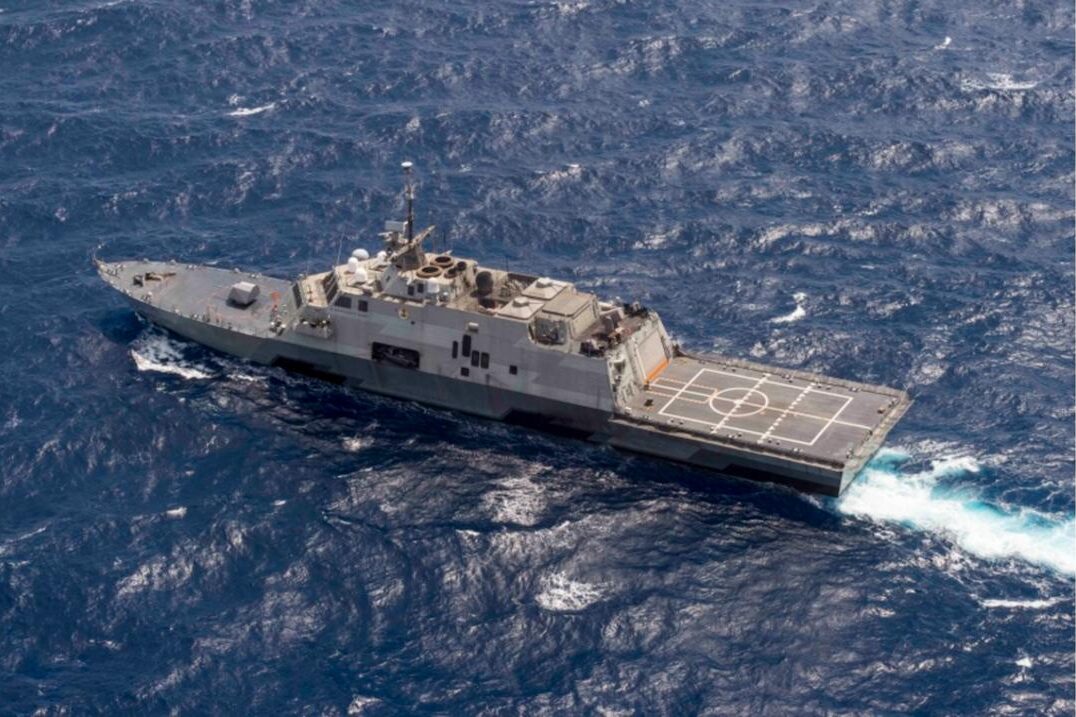
The South China Sea is one of the most volatile seas in the world, and not just because of its natural elements. Frequent storms and typhoons batter its waters, but piracy, territorial disputes, and heavily trafficked shipping lanes add human-made risks to the mix. For centuries, these waters have been a flashpoint of conflict and danger. Even modern vessels must navigate a complex web of hazards, where unpredictable weather can strike as quickly as political tensions flare.
5. North Atlantic Ocean (East Coast U.S. to Europe)
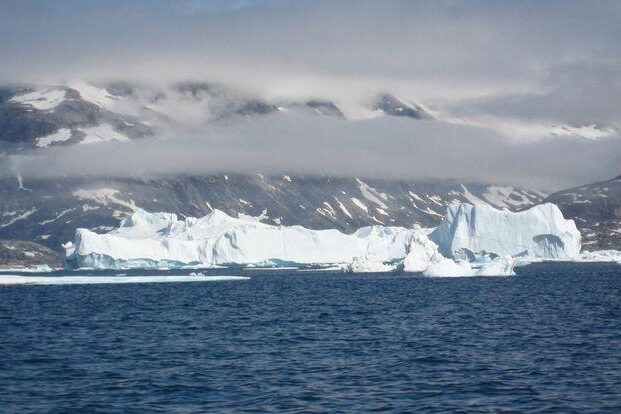
The North Atlantic has long been feared for its sudden squalls, icebergs, and shifting currents. It’s the site of one of history’s most famous maritime disasters, the sinking of the Titanic in 1912. During World War II, this sea also earned the nickname “Black Pit” due to relentless German submarine attacks on Allied ships. Even today, storms can erupt with little warning, and frigid waters leave little chance of survival if disaster strikes. Its history alone cements its place among the world’s deadliest seas.
6. Arabian Sea (Between India and the Arabian Peninsula)
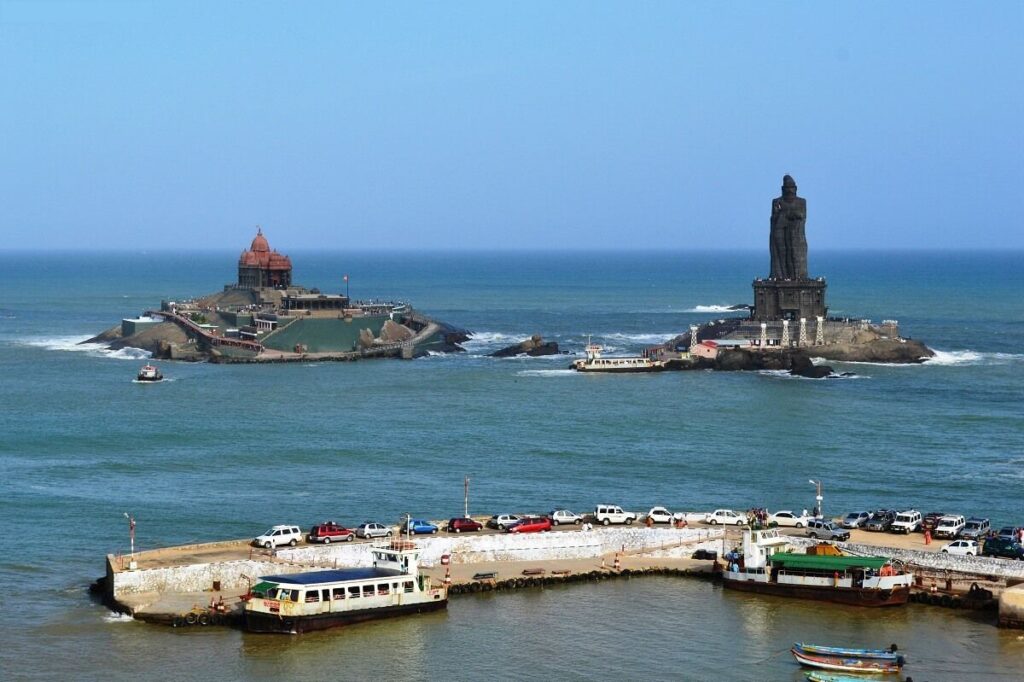
The Arabian Sea is shaped by fierce monsoons that bring powerful winds and unpredictable waves, making navigation extremely difficult. Historically, these seasonal storms have sunk countless vessels and disrupted trade routes. Adding to the danger are swift currents and the threat of piracy, particularly in waters near Somalia. Modern shipping and fishing boats still face these challenges today, with sudden storms and human risks creating a sea that demands constant caution.
7. Tasman Sea (Between Australia and New Zealand)
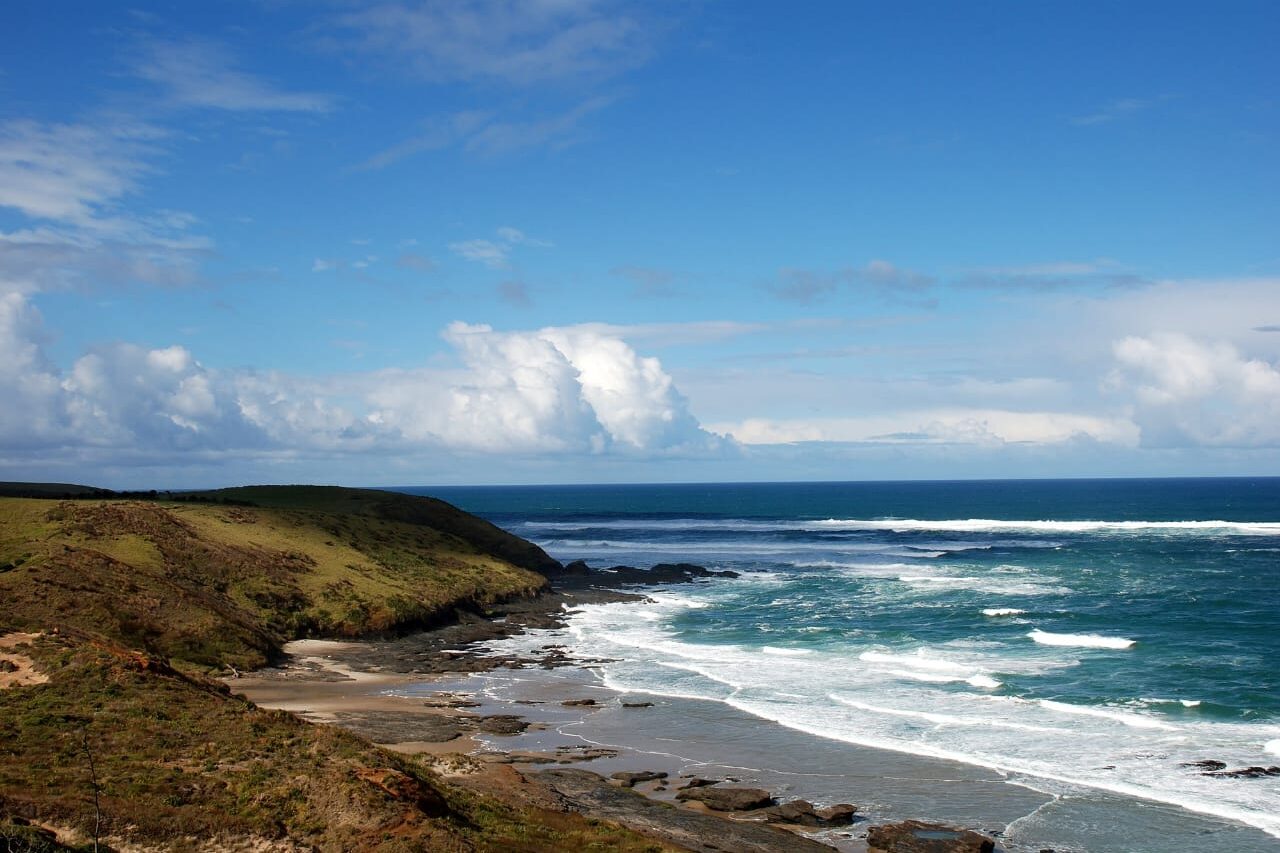
Nicknamed “The Ditch,” the Tasman Sea is known for its sudden weather shifts and violent swells that can reach towering heights. Aircraft and ships have mysteriously vanished here, including planes during the mid-20th century that disappeared without a trace. The sea’s strong winds and currents are notorious for testing even experienced sailors. From wrecked vessels to missing crews, its reputation for swallowing those who underestimate it has made the Tasman one of the Southern Hemisphere’s most feared waters.
8. Sea of Japan (Between Japan and Korea)
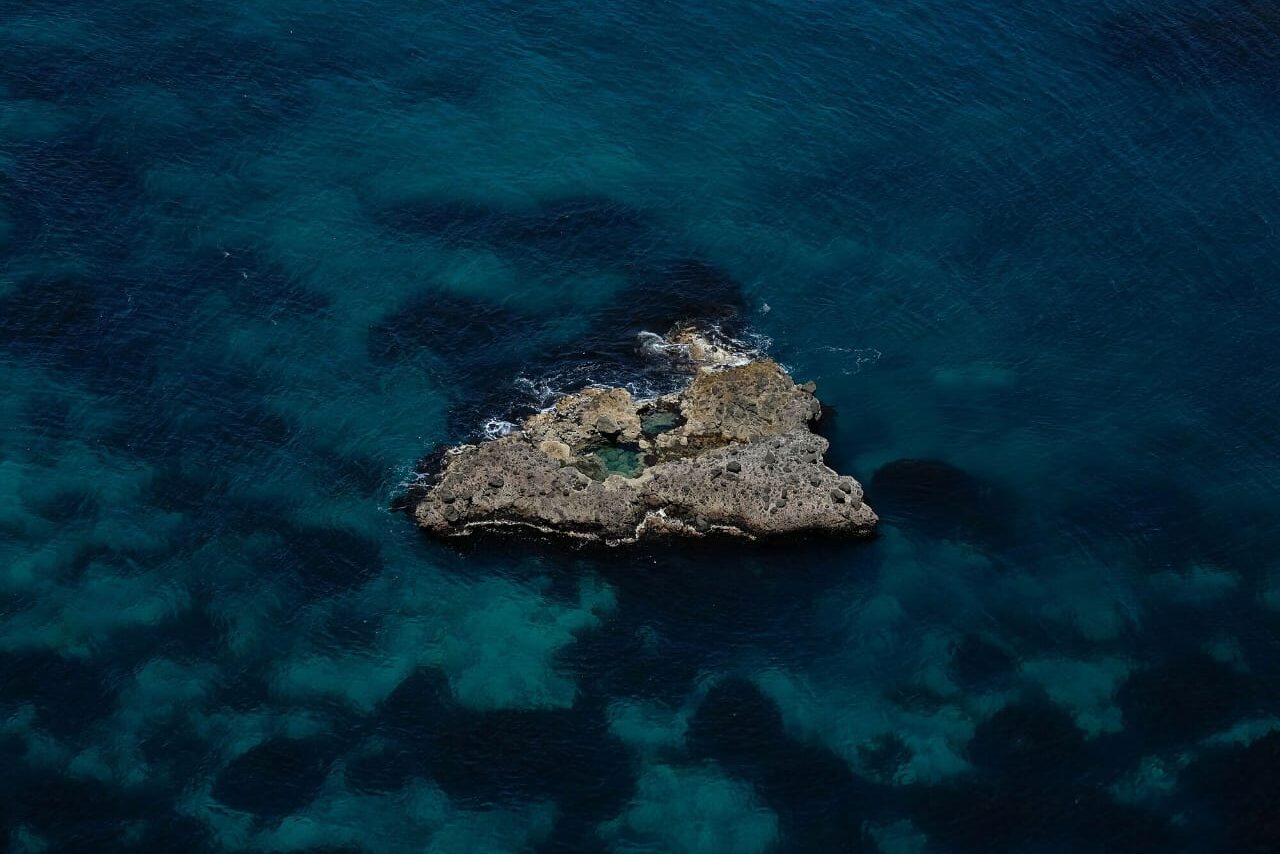
The Sea of Japan poses multiple threats, from strong currents to the ever-present risk of tsunamis triggered by undersea earthquakes. Its location in a seismic hotspot means devastating waves can strike coastal communities with little warning. Historically, it has also been a site of naval conflict, adding layers of human peril to its natural hazards. For fishing fleets and commercial vessels, navigating these waters means facing unpredictable conditions, both environmental and political.
9. Drake Passage (Between South America and Antarctica)
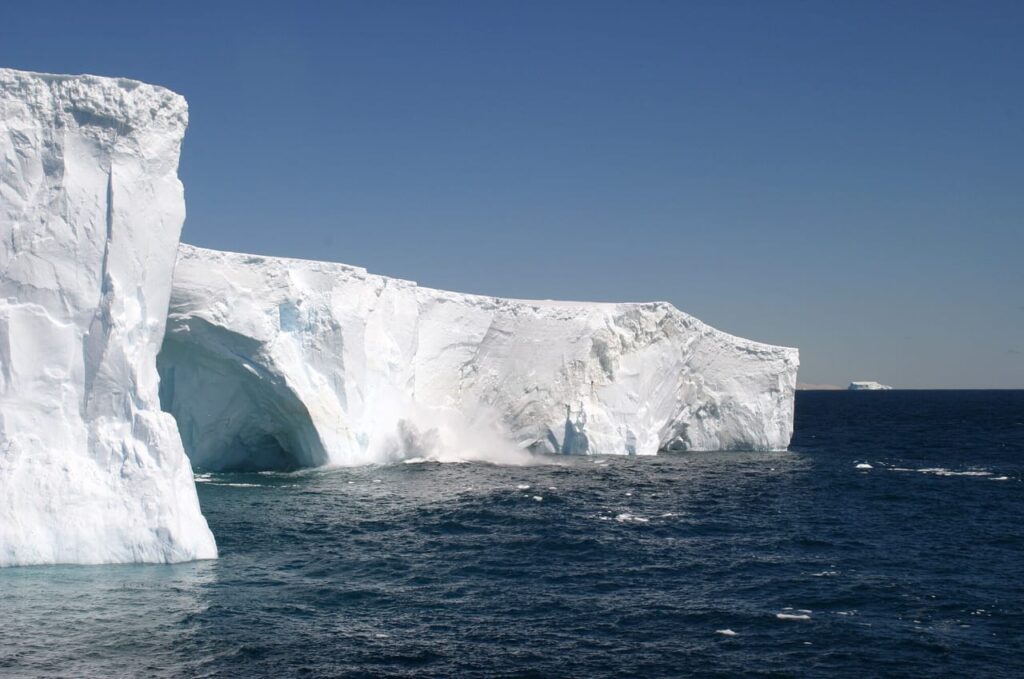
Sailors who cross the Drake Passage describe it as one of the wildest ocean routes in the world. This narrow funnel between continents amplifies winds and currents, producing massive waves that routinely topple ships. Icebergs and freezing spray add to the danger, creating conditions that can capsize vessels or freeze them solid. Despite modern technology, the passage remains a place where nature has the upper hand, with countless expeditions forced to turn back or endure harrowing crossings.
10. Sulu Sea (Philippines)
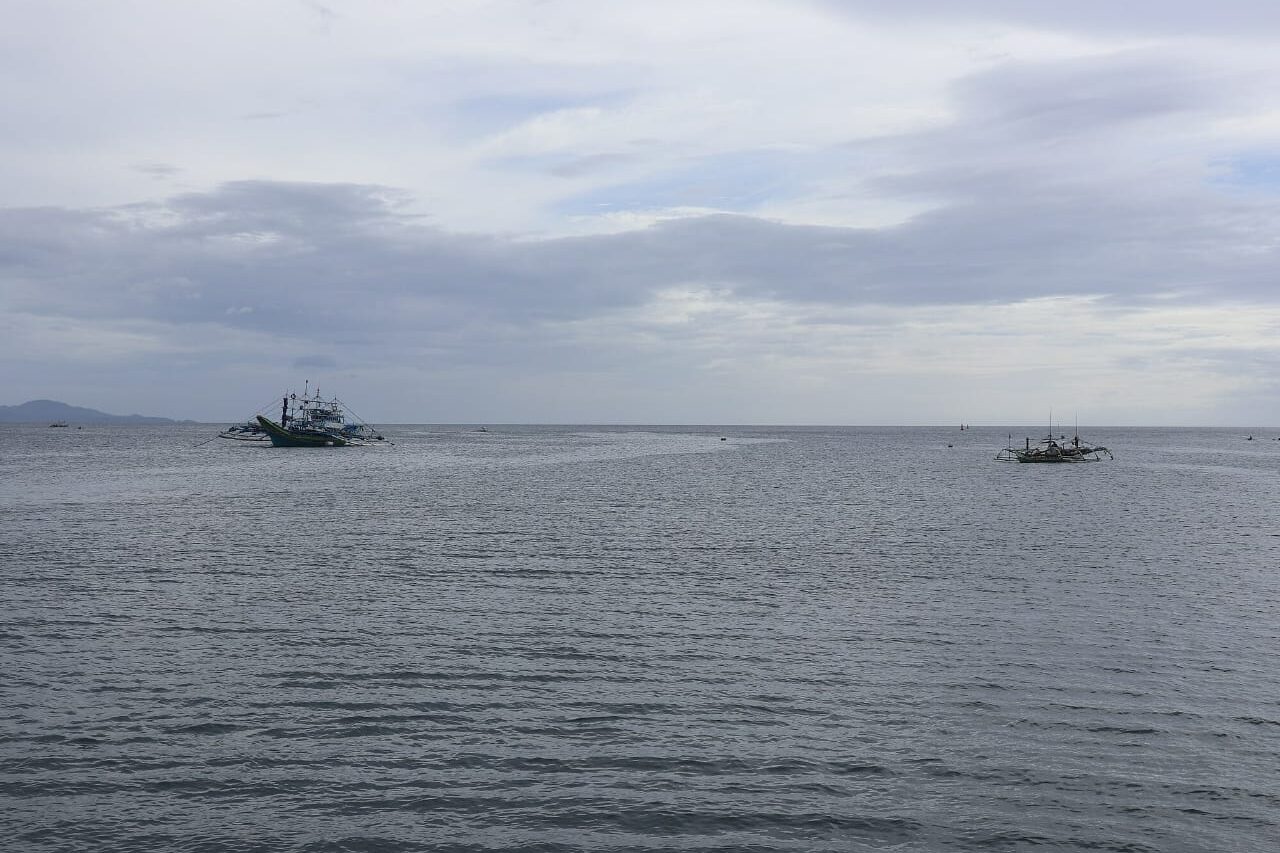
The Sulu Sea is breathtaking, dotted with islands, coral reefs, and vibrant marine life, but beneath the beauty lies danger. This region is part of the Pacific “Ring of Fire,” making it vulnerable to volcanic activity and earthquakes. Piracy has also long plagued these waters, targeting commercial and fishing vessels. Strong currents and unpredictable weather patterns further complicate navigation. The combination of natural risks and human threats makes the Sulu Sea both fascinating and fearsome for those who venture into it.
11. Caribbean Sea (South of Cuba and Hispaniola)
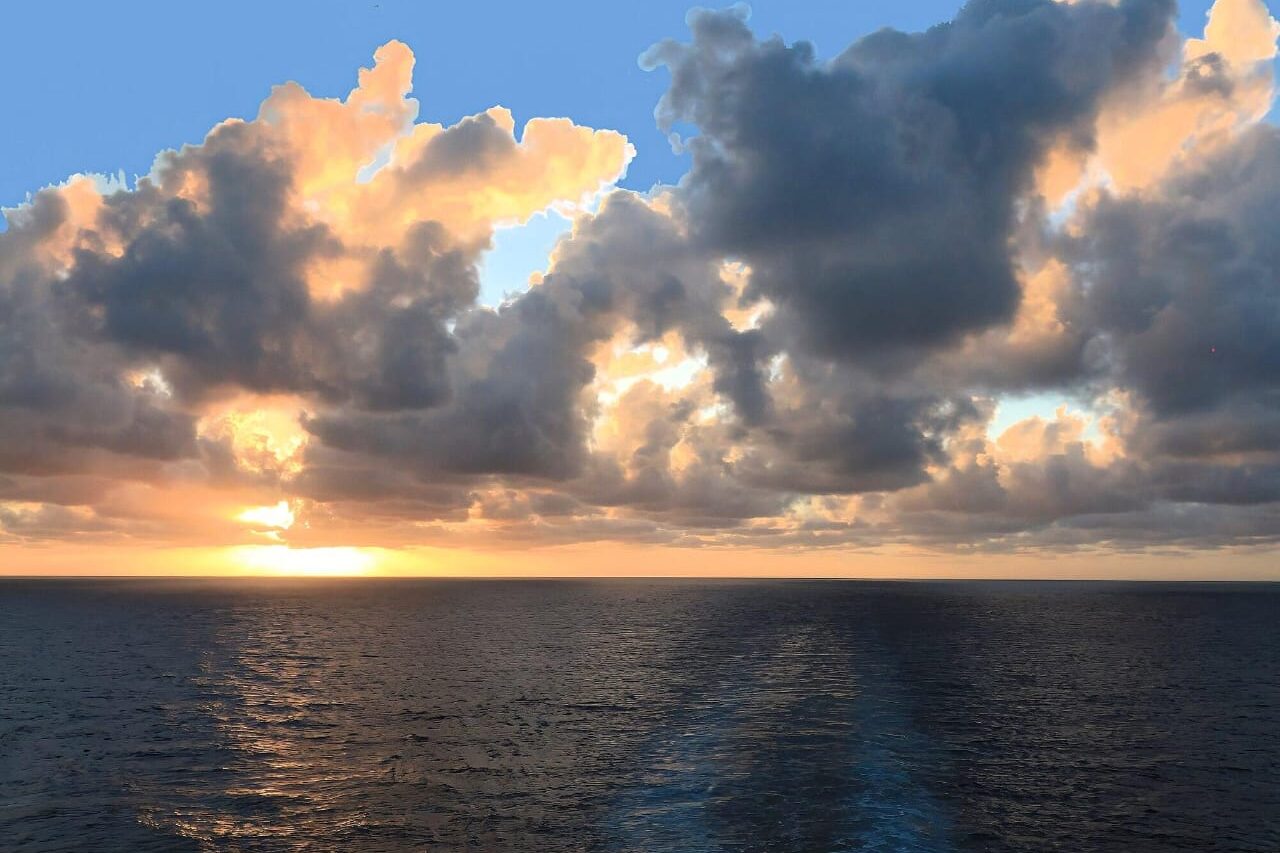
The Caribbean Sea is as dangerous as it is famous. Known for its beauty and tropical waters, it’s also one of the most hurricane-prone regions on Earth. These storms have sunk ships, flooded islands, and caused widespread destruction throughout history. The Caribbean is also home to countless shipwrecks, some dating back to the age of pirates and explorers. Add in mysterious disappearances often linked to the Bermuda Triangle, and this sea has earned a lasting reputation for peril beneath its surface charm.
12. Beaufort Sea (North of Alaska and Canada)
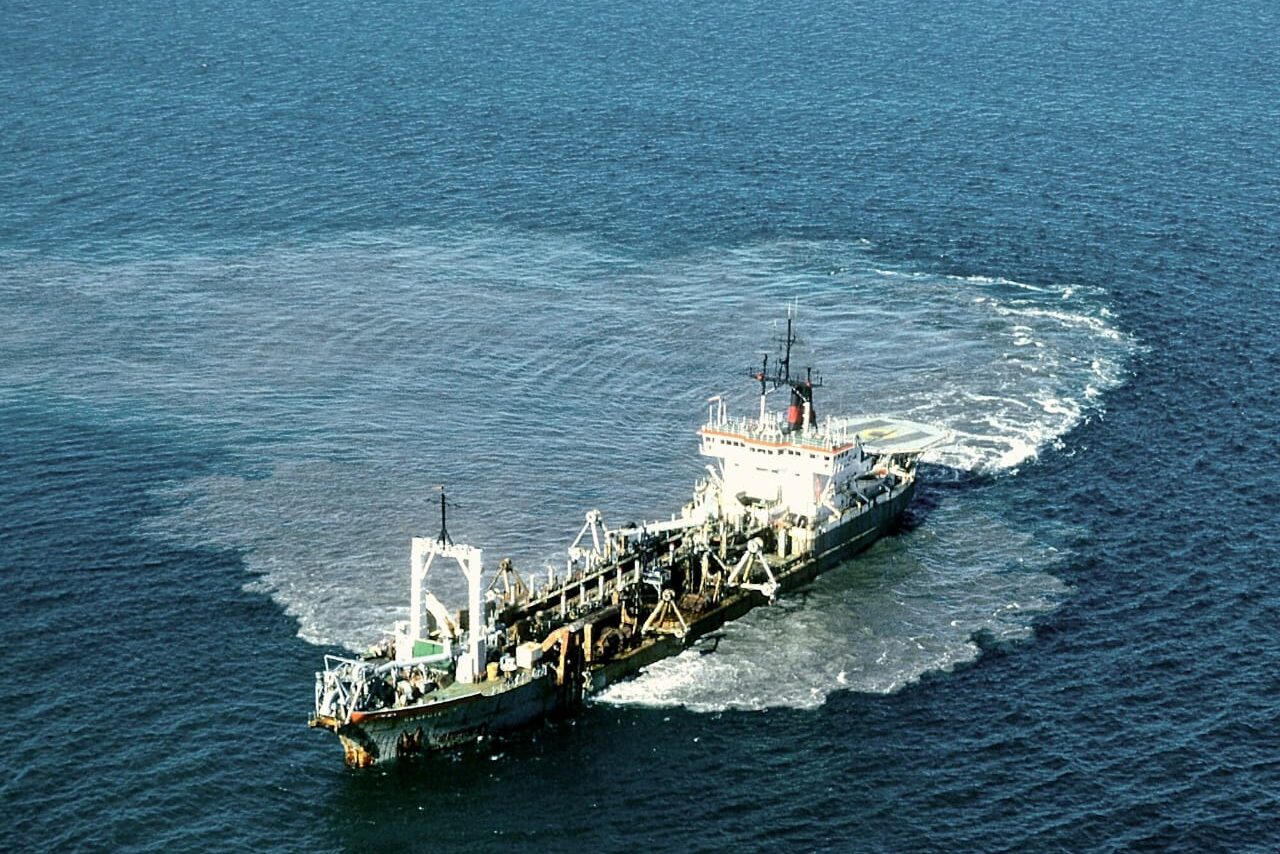
Remote and inhospitable, the Beaufort Sea is an Arctic frontier where survival is always uncertain. Much of the year, its waters are locked under thick sheets of ice that shift unpredictably, trapping or crushing anything in their path. The temperatures are brutally cold, and the nearest rescue resources are often hundreds of miles away. For ships that stray too far north, the Beaufort is more than just isolated, it’s a trap where even small mistakes can turn deadly.
13. Okhotsk Sea (Between Russia and Japan)
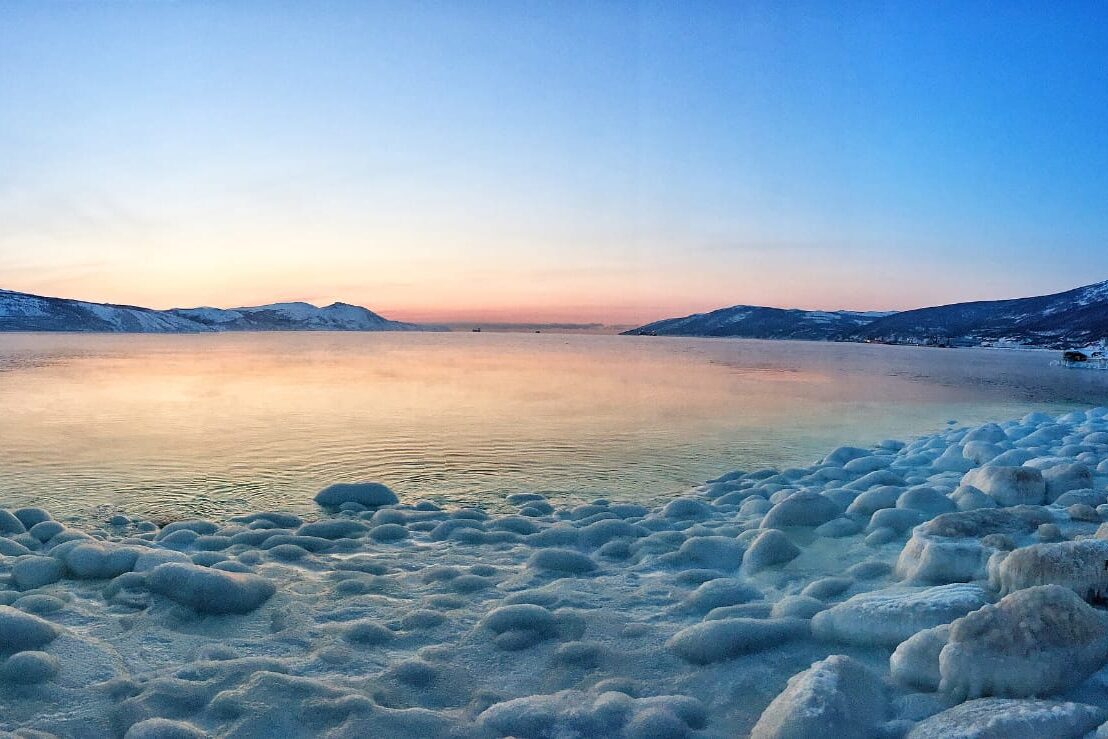
The Sea of Okhotsk is among the coldest seas in the world, with winter ice covering much of its surface for months at a time. When the ice breaks, brutal storms often sweep through, creating treacherous conditions for vessels. Fishing fleets that brave its waters face not only extreme cold but also the risk of sudden blizzards and powerful swells. Its remoteness and harsh environment make rescue efforts incredibly difficult, ensuring that accidents here often end in tragedy.
Once again, the seas remind us that nature holds immense power, even in places we admire for their beauty. These waters test the limits of human skill and courage. They stand as a reminder that while we can explore and navigate, the ocean always has the final say.
This story 13 Deadliest Seas on Earth, and What Makes Them So Dangerous was first published on Daily FETCH


